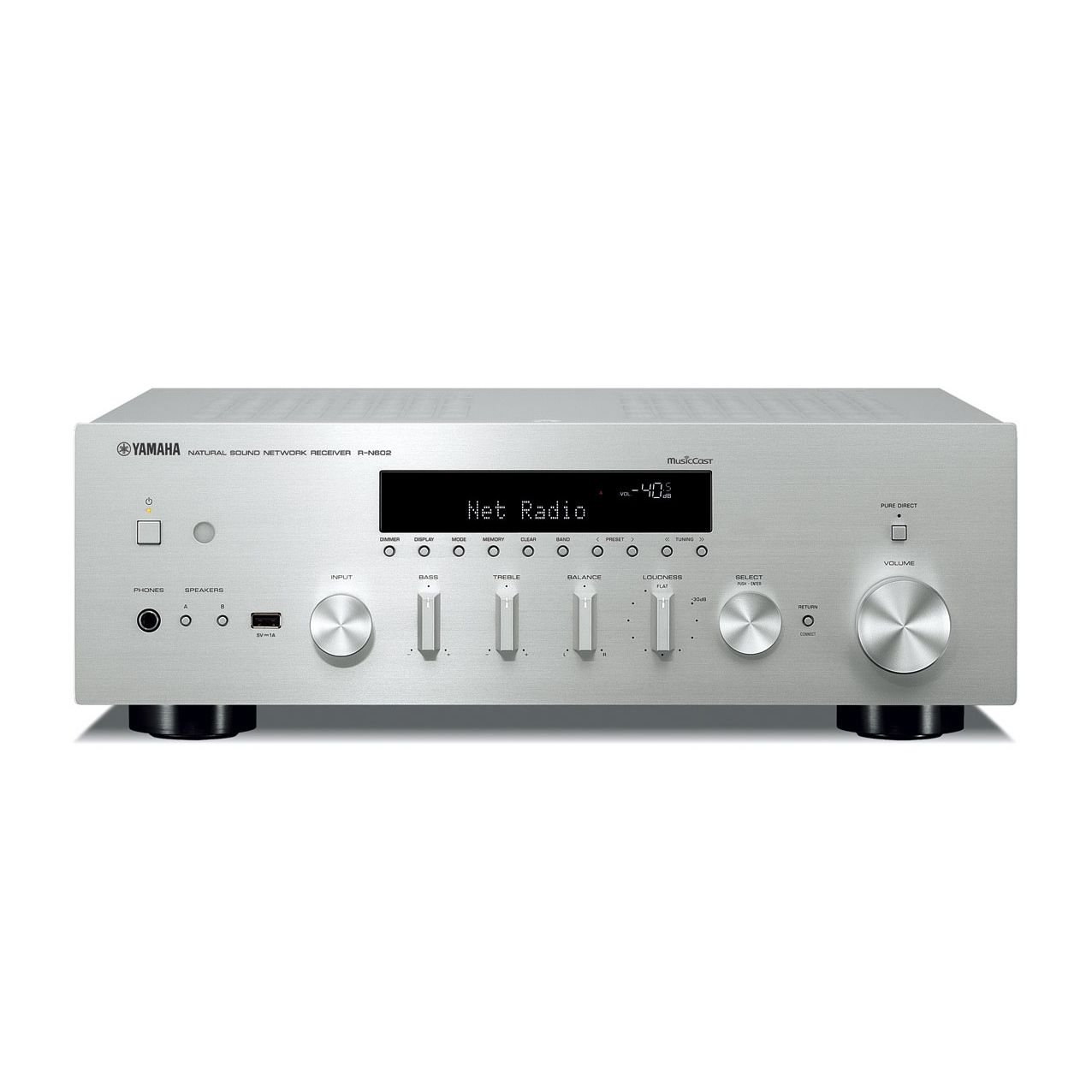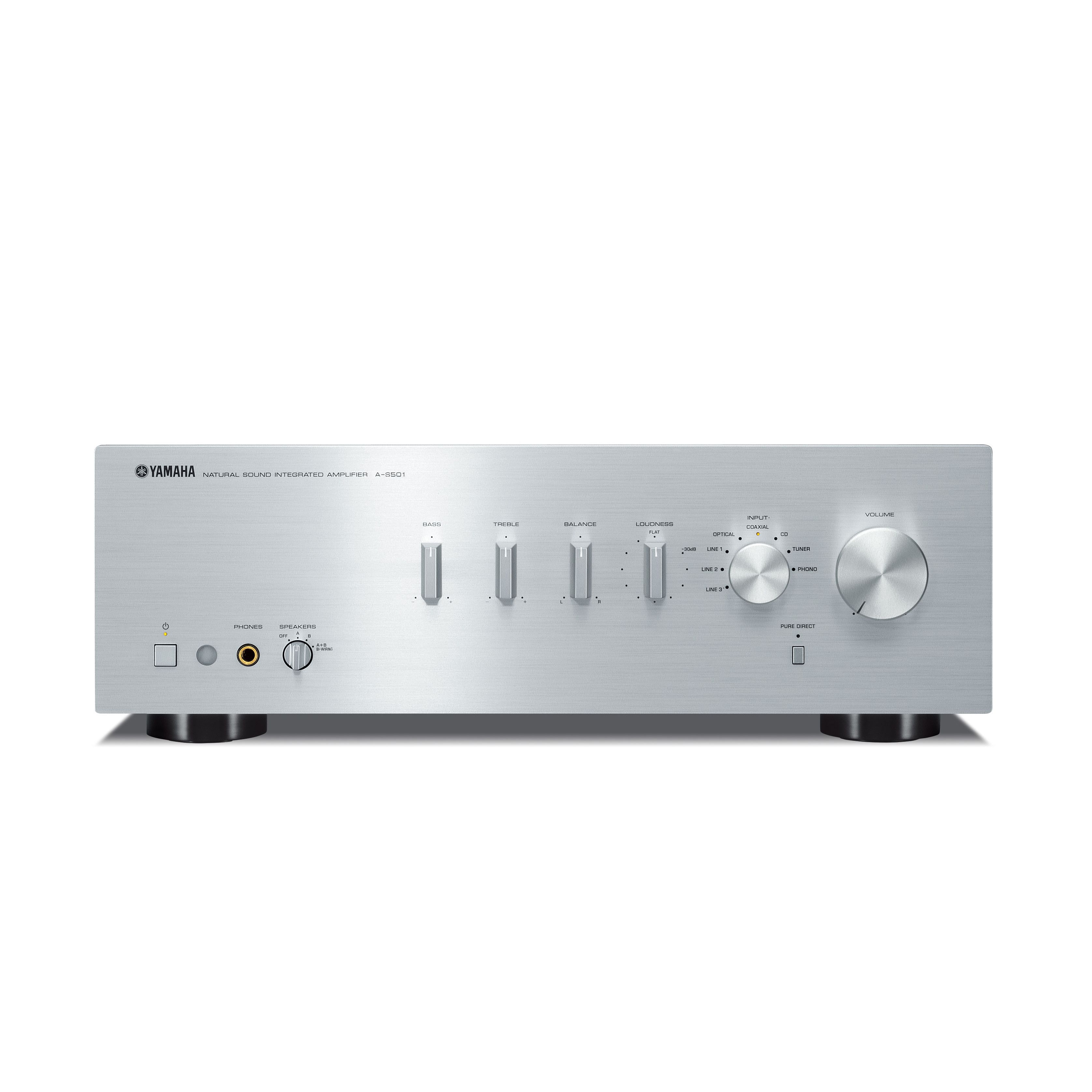- Joined
- May 8, 2022
- Messages
- 448
- Likes
- 583
Today, the Scientific Audiophile released a video, titled, Yamaha RN600A a $900 mistake? In the video, he points out that the unit is rated at 80W at 8R and 60W at 4R. He claims that he checked this with Yamaha, and they verified it. He goes on to say that because of this, the unit may be unsafe. He gives it a DO NOT BUY rating. My question, how can this be? Isn't there an inverse relationship between resistance and power? Something about this does not feel right to me. I hope that some of our technically inclined membership will watch this video (it's on YT) and determine if this is right. It does not make sense to me.



